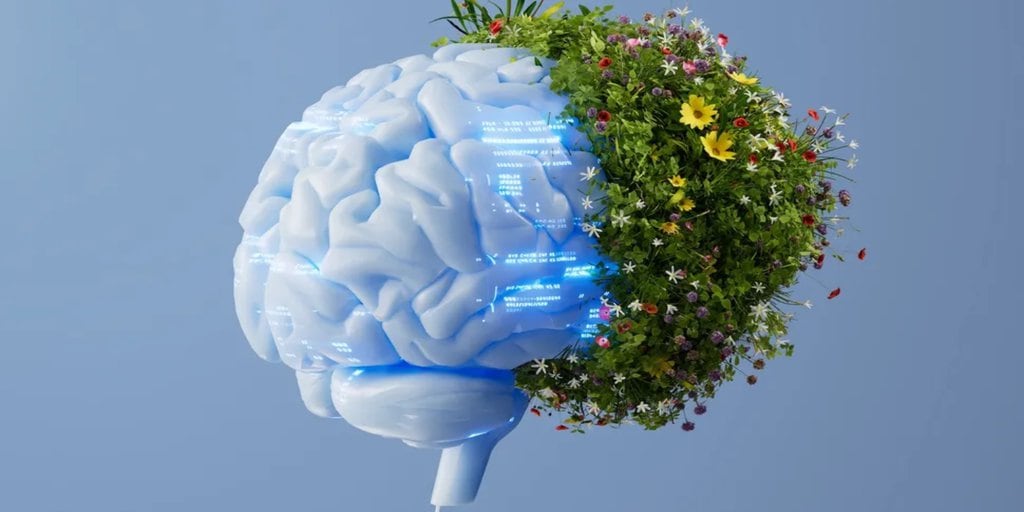AI’s Role in Identifying Species
Artificial Intelligence (AI) is transforming how scientists discover new animal species. AI can analyze large data sets from images, DNA, and automated monitoring systems. However, AI can only suggest potential new species; experts still need to confirm these findings. The accuracy of AI is limited by the quality of the data it’s trained on, which often has gaps. This makes human verification essential to ensure new species are accurately identified.

AI in Research Studies
A 2023 study trained an AI to recognize insect species using images and DNA data. The AI correctly identified known species 96.66% of the time but struggled more with only image data. Researchers found that the AI’s accuracy could improve with better quality images and more data. Automated systems powered by AI are also used to monitor entire ecosystems, providing insights into species behavior and environmental changes. These systems help scientists understand the intricate web of life and the impact of environmental changes on various species.
Monitoring Biodiversity With AI
Most of the world’s biodiversity remains undiscovered, especially in the tropics. AI helps by processing large volumes of data collected through automated systems. These systems, which use cameras and audio recordings, can monitor changes in wildlife populations over time. However, the energy-intensive nature of AI raises environmental concerns. Researchers are working on making AI models more efficient and less power-hungry to mitigate this issue. Balancing the benefits of AI in discovering new species with the environmental cost of running these systems is an ongoing challenge.

One exciting development is the potential for AI to uncover species that are otherwise overlooked due to their rarity or remote habitats. AI can scan through immense amounts of data much faster than humans, offering a new tool in the fight to preserve biodiversity. As AI technology advances, it holds the promise of not only identifying new species but also helping to protect them through better monitoring and understanding of their habitats. This technology could revolutionize our approach to conservation.